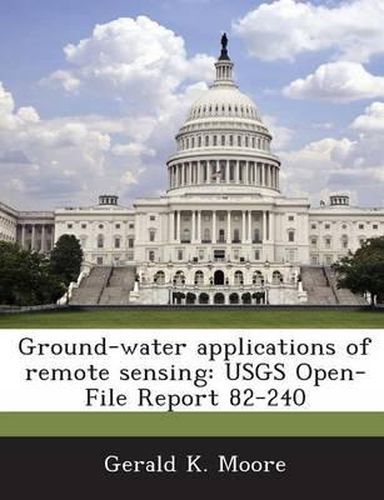Readings Newsletter
Become a Readings Member to make your shopping experience even easier.
Sign in or sign up for free!
You’re not far away from qualifying for FREE standard shipping within Australia
You’ve qualified for FREE standard shipping within Australia
The cart is loading…






Remote sensing can be used as a tool to inventory springs and seeps and to interpret lithology, structure, and ground-water occurrence and quality. Thermograms are the best images for inventory of seeps and springs. The steps in aquifer mapping are image analysis and interpretation and ground-water interpretation. A ground-water interpretation is derived from a conceptual geologic model by inferring aquifer characteristics and water salinity. The image selection process is very important for obtaining maximum geologic and hydrologic information from remotely sensed data. Remote sensing can contribute an image base map or geologic and hydrologic parameters, derived from the image, to the multiple data sets in a hydrologic information system. Various merging and integration techniques may then be used to obtain information from these data sets.
$9.00 standard shipping within Australia
FREE standard shipping within Australia for orders over $100.00
Express & International shipping calculated at checkout
Remote sensing can be used as a tool to inventory springs and seeps and to interpret lithology, structure, and ground-water occurrence and quality. Thermograms are the best images for inventory of seeps and springs. The steps in aquifer mapping are image analysis and interpretation and ground-water interpretation. A ground-water interpretation is derived from a conceptual geologic model by inferring aquifer characteristics and water salinity. The image selection process is very important for obtaining maximum geologic and hydrologic information from remotely sensed data. Remote sensing can contribute an image base map or geologic and hydrologic parameters, derived from the image, to the multiple data sets in a hydrologic information system. Various merging and integration techniques may then be used to obtain information from these data sets.